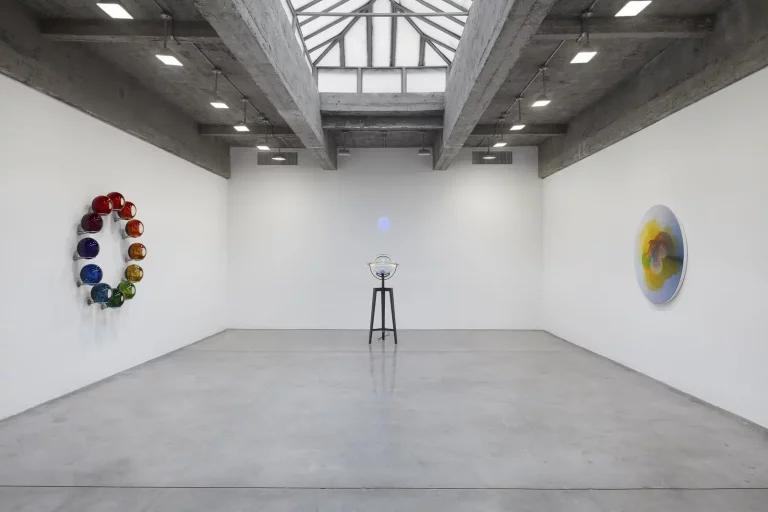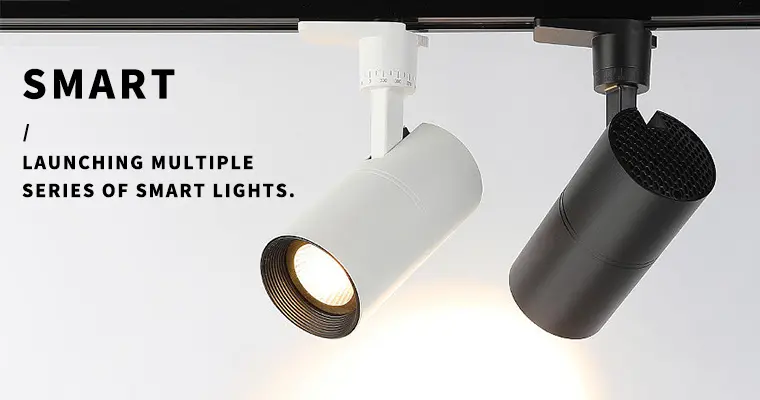Art possesses the ability to evoke emotions, tell stories, and inspire. To truly appreciate the intricacies of fine art, proper lighting becomes paramount. In this article, we will delve into the nuances of illuminating artwork to enhance its visual appeal and captivate the audience.

Art connoisseurs and enthusiasts alike understand the significance of proper lighting in showcasing fine artwork. The interplay between light and shadow can transform a piece, bringing out its details and creating a mesmerizing experience for viewers. In this exploration, we’ll unravel the secrets behind illuminating artwork effectively.
Importance of Proper Lighting in Showcasing Fine Art
Proper lighting serves as a silent curator, guiding the viewer’s gaze and emphasizing the artist’s intent. Whether in a gallery, museum, or personal space, the right lighting can elevate the aesthetic appeal of art, making it a focal point of admiration.
The Impact of Lighting on Art Appreciation
Consider the scenario: a masterpiece bathed in soft, warm light versus the same piece in harsh, cool lighting. The emotional response and connection differ vastly. Lighting influences mood and perception, playing a pivotal role in how art is perceived and appreciated.
Types of Lighting
Natural Lighting
Advantages
Natural light, when harnessed correctly, offers a dynamic and organic illumination that can bring out the true colors and textures of artwork.
Challenges
However, reliance on natural light poses challenges such as inconsistency and the risk of overexposure, making it essential to complement with artificial lighting.
Different Types
Various artificial lighting options exist, each with its unique characteristics. Understanding these is crucial for creating an optimal showcase for artwork.
Pros and Cons
While artificial lighting provides control, it also presents challenges such as heat emission and potential damage to sensitive artworks.
Choosing the Right Lighting
Understanding the Artwork’s Needs
Before selecting a lighting setup, it’s imperative to understand the specific requirements of the artwork, considering factors like medium, texture, and color palette.
Considering the Space
Whether it’s a small gallery or a spacious museum, the dimensions and layout of the space impact the choice of lighting. Adaptability is key.
Color Temperature and Its Significance
The color temperature of light affects how colors are perceived. Finding the right balance enhances the visual harmony of the displayed art.
Techniques for Illuminating Art
Spotlighting
Focusing intense light on a particular piece draws attention, creating a dramatic effect. This technique is ideal for emphasizing a centerpiece.
Track Lighting
Adjustable and versatile, track lighting allows for flexibility in highlighting multiple artworks within a space.
Ambient Lighting
Soft, diffused light creates a gentle glow, suitable for creating an inviting atmosphere in a gallery setting.
Wall Washing
Illuminating an entire wall evenly showcases a collection cohesively, providing a backdrop for various pieces.
Cost-Effective Options
For those on a budget, exploring DIY lighting solutions can yield impressive results without breaking the bank.
Tips for DIY Lighting Setups
Simple adjustments, like using LED strips or repositioning existing fixtures, can significantly enhance the visual impact of displayed artwork.
Common Mistakes to Avoid
Overexposure
Excessive light can lead to overexposure, diminishing the subtleties of artwork. Striking the right balance is crucial.
Uneven Lighting
Creating areas of shadow and light imbalance detracts from the overall viewing experience. Achieving uniformity is key.
Using Harsh Light
Harsh, direct light can create glare and reflections, hindering the viewer’s ability to appreciate the details of the artwork.
Technological Innovations
Smart Lighting Systems
The integration of technology allows for dynamic control of lighting, enabling personalized and adaptive displays.
LED Advancements in Art Illumination
The evolution of LED technology provides energy-efficient options with customizable color temperatures, reducing the environmental impact.
Showcasing Different Art Mediums
Paintings
Paintings benefit from strategic lighting that enhances colors and highlights brush strokes, adding depth to the visual experience.
Sculptures
Sculptures come to life with well-placed lighting, casting shadows that accentuate form and dimension.
Photography
In the realm of photography, lighting is essential to accurately convey the intended mood and composition of the images.
Impact on Art Sales
Creating a Compelling Presentation
The right lighting not only enriches the viewing experience but also contributes to the marketability of artwork, potentially influencing sales.
The Psychological Aspect of Proper Lighting
Understanding the psychological impact of lighting aids in crafting an environment that resonates with the audience, fostering a deeper connection to the art.
Successful Art Exhibitions with Proper Lighting
Examining instances where thoughtful lighting contributed to the success of art exhibitions provides practical insights




